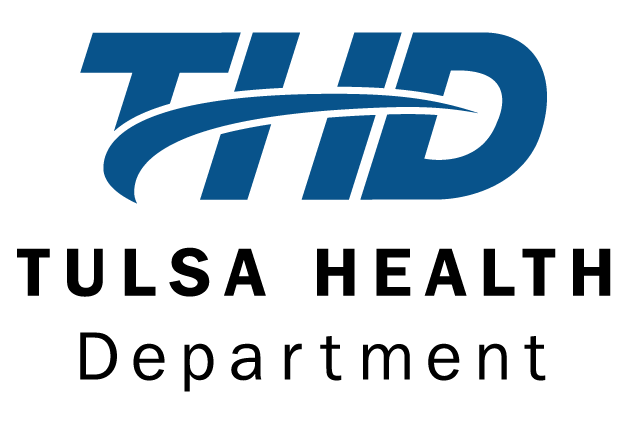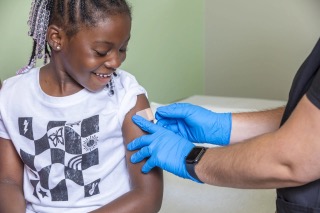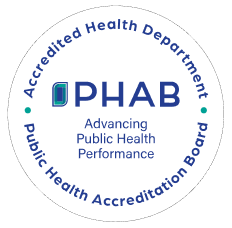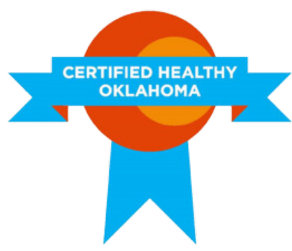Communicable Disease: Epidemiology
Epidemiologists at the Tulsa Health department work with various communicable diseases in the community- such as enteric illnesses, COVID-19, and Hepatitis A, B, and C. The term “communicable disease” refers to the occurrence of a disease transmitting to a person via bacteria, viruses, parasites, or fungi; and these illnesses are often referred to as infectious/contagious diseases. In the US in 2018, the number of emergency room visits with a communicable disease as the primary diagnosis reached 3.4 million.
Chronic diseases refer to conditions that last 1 year or more and generally worsen over time. Examples of chronic diseases include heart disease, cancer, lung disease, Alzheimer’s, and arthritis. Chronic conditions can be brought on by genetics or by lifestyle choices. Limiting tobacco and alcohol usage, eating healthy, and engaging in regular physical activity can help lower one’s chances of developing a chronic disease. In the US, 6 in 10 adults live with a chronic disease, and 4 in 10 adults live with two or more.
Having a chronic condition can potentially worsen the outcome of communicable diseases, making it even more important to avoid a chronic condition.
Efforts to prevent communicable diseases in the Tulsa community include educational outreach, promoting vaccination campaigns, and staying up to date with emerging infectious illnesses. If you have any questions, please give a TCCHD Epidemiologist a call at 918-595-4399.
Chronic Disease: Healthy Living Program (HLP)
THD has a program that works to prevent chronic diseases called the Healthy Living Program (HLP) serving Tulsa County. It is a community-based grant funded through the Tobacco Settlement Endowment Trust (TSET), that strive to prevent and reduce tobacco use and obesity across Tulsa County. In Tulsa County there are four unhealthy behaviors (tobacco use, sedentary lifestyle, poor diet, and excessive alcohol) that influence five chronic diseases (cardiovascular disease, cancer, lung disease, diabetes, and Alzheimer’s disease) that account for 61 percent of all deaths in Tulsa county and for 61 percent of all deaths in Oklahoma*.
Using a data-driven approach, we work with businesses, city governments, schools, and community organizations (including faith-based, non-profit, senior center, childcare facilities, food banks and farmers market) to encourage healthy eating, physical activity, and tobacco-free lifestyles.
Healthy Living Program strategies include:
Work to ensure tobacco-free properties and promote the Oklahoma Tobacco Helpline for those who want to quit tobacco.
Facilitate school, business, and community gardens, food pantries, and farmers markets to create opportunities for healthy eating.
Work with Multi-Unit Housing to restrict smoking or tobacco use indoors and outdoors.
Work with cities and governments on a variety of zoning ordinances, urban design, and transportation strategies that encourage active living for people of all ages and abilities.
Engage schools and childcare o to support tobacco-free lifestyles and to teach in active learning classrooms that improve academic achievement.
We conduct retail educational visits (tobacco retailer education visit is when an underage person requests a tobacco product from a retailer with no intent to purchase, to educate retailers on the importance of checking ID’s, for validation).
The TSET Healthy Living Grant Program seeks to lessen the burden of unhealthy behaviors before they take root. Reducing the risk factors of tobacco use and obesity will save lives and money.
*4-5-61 deaths as a percentage of all causes of death. Deaths include cardiovascular disease, cancer, diabetes, lung disease and Alzheimer’s disease.
^Age-adjusted rates per 100,000 population. Deaths include cardiovascular disease, cancer, diabetes, lung disease and Alzheimer’s disease.
Source: Oklahoma State Department of Health, Center for Health Statistics, Health Care Information, Vital Statistics (OK2SHARE), 2011-2020






